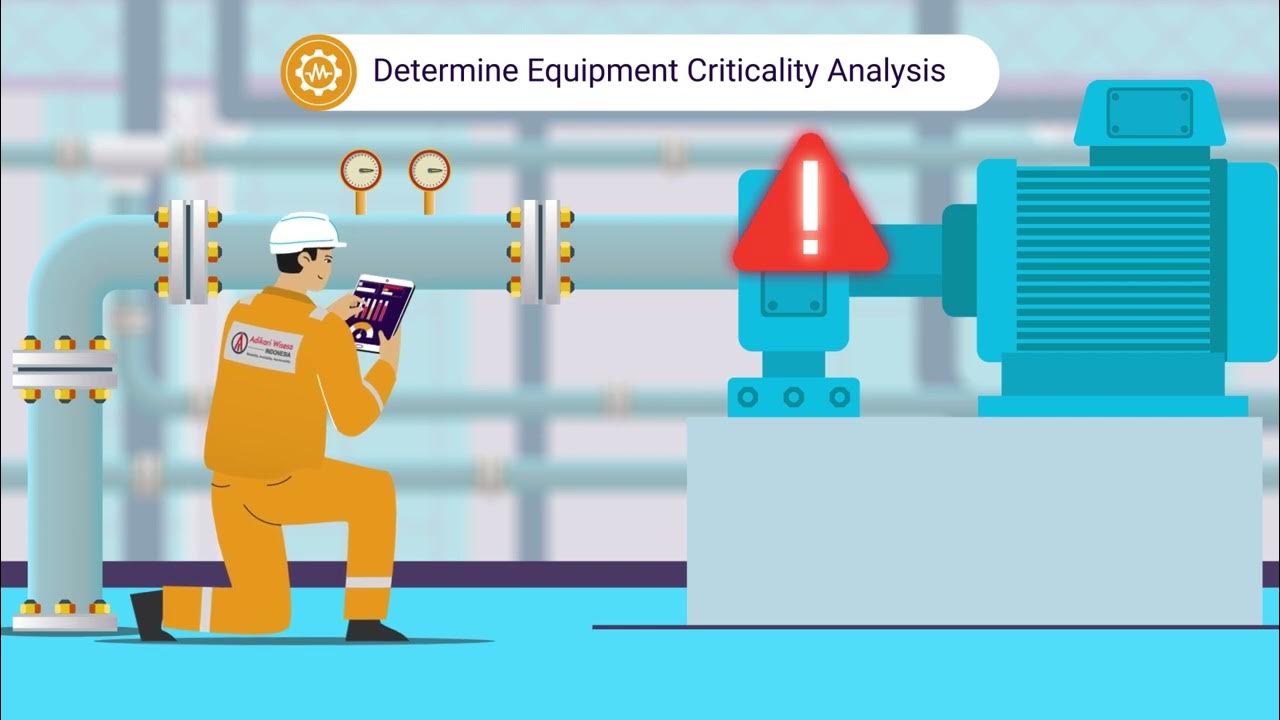Tägliche Wartung für hunderte Schnellzüge: So funktioniert die Instandhaltung der ICE in Deutschland
Summary
TLDRThe video script discusses the expansion and maintenance of Germany's Intercity Express (ICE) trains, focusing on the strategic distribution of maintenance workshops across the country. It highlights the new state-of-the-art facility in Cottbus, which will create over 1,200 jobs by 2026, despite the city lacking direct ICE connections. The script also details the various maintenance intervals for ICE trains, from daily cleaning to major overhauls every six to eight years. It explores the challenges in finding suitable locations for new workshops, such as the case in Nuremberg, and mentions the environmental efforts in workshops like the CO2-neutral facility in Cologne.
Takeaways
- 🚅 The script discusses the expansion and maintenance of ICE (Intercity Express) train lines in Germany, emphasizing the importance of maintenance for efficiency and safety.
- 🛠️ Maintenance workshops are strategically distributed across Germany to service the ICE fleet, with a focus on regular maintenance and repair of different ICE train models.
- 🏭 The new workshop in Cottbus is highlighted, which will create approximately 1,200 jobs by 2026 and plays a key role in the regional economic structure.
- 🔧 The workshop design in Cottbus allows for quick component exchange to maintain the rapid availability of trains, integrating modern approaches like Augmented Reality.
- 🌿 Despite being home to one of Germany's most modern ICE workshops, Cottbus has no direct ICE connections, reflecting a broader structural change in the region.
- 🚉 The script outlines the different maintenance intervals for ICE trains, ranging from daily cleaning to major overhauls every six to eight years.
- 🛤️ Each ICE model is assigned to a specific maintenance workshop based on its series, with some workshops specializing in particular models.
- 🌐 The script mentions other ICE workshops in Germany and abroad, such as in Basel, which handles inspections and minor repairs for all models except the ICET.
- 📈 The German railway network is expanding, with plans to increase the ICE fleet and corresponding maintenance capacity, including new workshops and the renovation of existing ones.
- 🚧 Challenges in expanding maintenance facilities are discussed, such as finding suitable locations for new workshops and the impact of legal and environmental considerations.
Q & A
What is the significance of the maintenance of German Intercity Express (ICE) trains?
-The maintenance of ICE trains is crucial for ensuring their efficiency, safety, and operational readiness. It involves regular upkeep and repair of various ICE train models across Germany.
How does the distribution of maintenance workshops across Germany impact ICE train maintenance?
-The strategic distribution of maintenance workshops across Germany plays a key role in the regular maintenance and repair of ICE trains, ensuring that the fleet remains operational and ready for service.
What are the key features of the new maintenance workshop in Cottbus?
-The new workshop in Cottbus is characterized by a 450-meter long, two-track hall, designed for rapid component exchange to maintain the availability of trains. It also integrates modern approaches like Augmented Reality and collaborative work across different locations.
How does the Cottbus workshop contribute to the local economy and job market?
-The Cottbus workshop is expected to create around 1,209 jobs by 2026, providing a significant boost to the local economy and offering high-quality industrial job opportunities, including training for young people.
What is the frequency of routine maintenance for ICE trains?
-ICE trains typically undergo routine maintenance once a day, which includes internal cleaning, water refilling, and sometimes a quick external wash, depending on weather conditions.
What are the different maintenance intervals for ICE trains, and how often do they occur?
-There are six different maintenance intervals for ICE trains: daily cleaning, every 4-5 days for a wheel examination, weekly for an exterior wash, every 7-8 days for an extended wheel examination, every 1.5 months for scheduled work, and every 6-8 years for a legally required major overhaul known as the main inspection.
Which ICE train models are maintained in Hamburg Eidelstedt, and what type of maintenance do they receive?
-ICE1 and ICE4 trains are maintained in Hamburg Eidelstedt, with the ICE1 receiving major overhauls and ICE4 having wheel sets replaced.
What is unique about the maintenance workshop in Cologne Nippes?
-The workshop in Cologne Nippes is Germany's second newest and is the first CO2-free maintenance workshop, achieved through the use of regenerative energy, closed water circuits, energy-saving lighting, and eco-friendly mobility.
What challenges has Deutsche Bahn encountered in expanding its maintenance capacity?
-Deutsche Bahn has faced challenges in finding suitable locations for new workshops, such as in the Nürnberg area where a legally required environmental compatibility test showed none of the proposed sites to be suitable.
How does the expansion of ICE train fleet affect the need for maintenance workshops?
-The expansion of the ICE train fleet from approximately 380 to over 450 trains by the end of the 2020s necessitates an increase in maintenance capacity, leading to the development of new workshops and the upgrading of existing ones.
Outlines

このセクションは有料ユーザー限定です。 アクセスするには、アップグレードをお願いします。
今すぐアップグレードMindmap

このセクションは有料ユーザー限定です。 アクセスするには、アップグレードをお願いします。
今すぐアップグレードKeywords

このセクションは有料ユーザー限定です。 アクセスするには、アップグレードをお願いします。
今すぐアップグレードHighlights

このセクションは有料ユーザー限定です。 アクセスするには、アップグレードをお願いします。
今すぐアップグレードTranscripts

このセクションは有料ユーザー限定です。 アクセスするには、アップグレードをお願いします。
今すぐアップグレード関連動画をさらに表示

Industry 4.0 - Germany's 4th industrial revolution

Cruzamento de dados mostra que avião passou por manutenção após 'dano estrutural' | FANTÁSTICO

Video Pembelajaan mapel Pemeliharaan dan Perbaikan Peralatan Elektronika Industri Fase F

Reliability Center Maintenance by Adikari Wisesa Indonesia

2ª Temporada - Episódio 3 - A transmissão da energia elétrica

HARD ROCK CAFE OPERATION MANAGEMENT
5.0 / 5 (0 votes)
